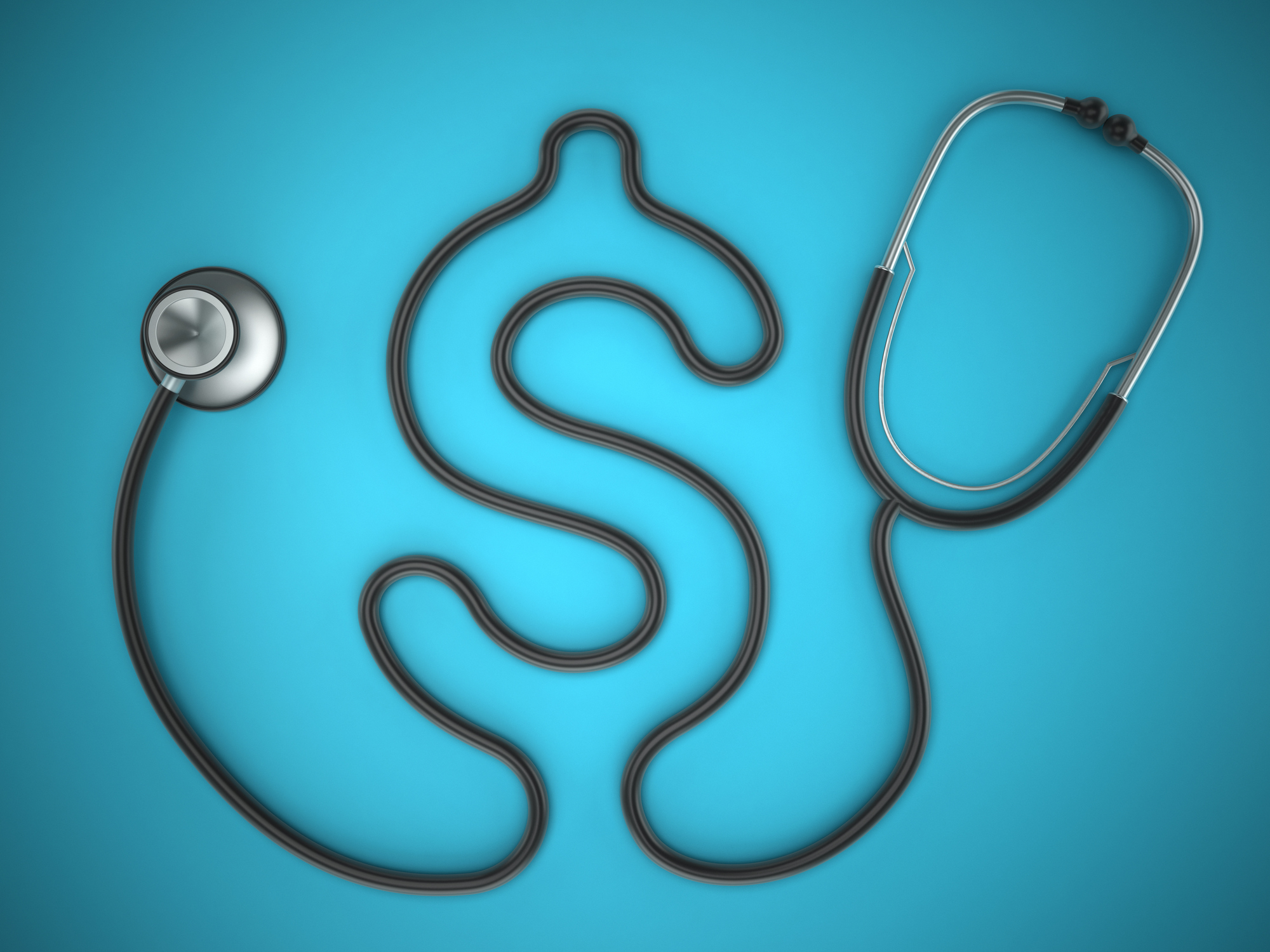Changes to the path by which the vast majority of medical devices hit the U.S. market will help make the U.S. more competitive against European innovators, according to the agency’s top device official.
Center for Devices and Radiological Health Director Dr. Jeffrey Shuren told reporters during a conference call that the changes the Food & Drug Administration plans to make this year to the 510(k) clearance program will help narrow a looming innovation gap between the continents while ensuring the safety of American patients.
“A key piece here is increasing predictability and reducing uncertainty. That is what we’ve heard time and time again,” Shuren said.

With the Rise of AI, What IP Disputes in Healthcare Are Likely to Emerge?
Munck Wilson Mandala Partner Greg Howison shared his perspective on some of the legal ramifications around AI, IP, connected devices and the data they generate, in response to emailed questions.
Asked about a PricewaterhouseCoopers report that the advantage the U.S. medtech industry holds is waning, Shuren said that the U.S. is still the top dog but that uncertainty about the regulatory climate among investors and stakeholders is undermining that status.
“What we’re proposing today is to address that uncertainty and to keep us a leader in medical innovation for many years to come, while at the same time — and this is critical — assuring that devices are safe and effective,” he said. “There are a number of differences between us and the European Union — they have a different standard than we do. Here in the U.S., the device has to be safe and effective. In Europe, a device has to be safe and it has to perform.
“For example, if I have a laser that’s supposed to treat an abnormal heart rhythm — you cut into the heart — in Europe, you have to show that when it cuts the heart, it cuts the heart well. In the U.S., you have to show when it cuts the heart it actually treats atrial fibrillation. It treats the abnormal heart rhythm — that patients get a benefit out of it.”
That said, Shuren noted, the U.S. does a better job of protecting patients from potentially harmful devices.
“We also have to remember, ‘Let’s not throw the baby out with the bathwater,'” Shuren said. “Here in the U.S., devices are safe and effective, but in many cases — and we have a number of examples — devices that came on the market in Europe, when they had to show data here for the U.S. we found they have safety concerns, where they didn’t work and they came off the market in Europe thereafter.
“I’ll leave this with a quote regarding one particular technology that was recently removed from the [EU] market. It was a breast implant that never made it here [in the U.S.]. This is from Nigel Mercer, a former president of the British Assn. of Aesthetic and Plastic Surgeons. He recently stated that, ‘Under the EU system, the public are being used as guinea pigs.’ We don’t use our people as guinea pigs in the U.S.”
The Massachusetts Medical Devices Journal is the online journal of the medical devices industry in the Commonwealth and New England, providing day-to-day coverage of the devices that save lives, the people behind them, and the burgeoning trends and developments within the industry.














